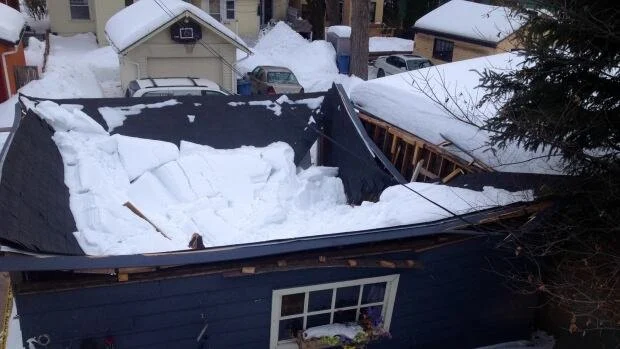
Roof Snow Load Calculation: How to Know if Your Roof is at Risk
- What is Roof Snow Load?
- Why Snow Load Matters for Roof Safety
- How to Calculate Roof Snow Load
- Factors That Affect Roof Snow Load
- Real-Life Examples: Snow Load Damage
- How to Prevent Snow Load Damage
What is Roof Snow Load?
Roof snow load refers to the weight of the snow accumulating on your roof during a snowstorm or heavy snowfall. This weight is crucial because too much snow can potentially damage your roof or even cause it to collapse. Calculating the snow load on your roof is essential to ensure that your roof is designed to withstand the added weight of snow and ice during winter months.
The roof snow load is measured in pounds per square foot (psf) and depends on the geographical location, roof slope, and type of roofing materials. A variety of factors come into play when determining whether a roof can handle the snow load, which is why understanding these calculations is vital to ensuring the safety of your home during winter.
Why Snow Load Matters for Roof Safety
Understanding snow load is essential because roofs are designed to support a specific amount of weight. In areas that experience heavy snowfall, it is particularly important to ensure that your roof is capable of withstanding the extra weight from snow accumulation. Failing to properly calculate snow load and maintain roof integrity can lead to a variety of issues, such as:
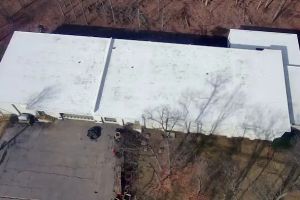
Maryland Roofing Exteriors
TowsonBaltimore CountyMaryland
849 Fairmount Ave Suite 200 #1071, Towson, MD 21286, USA
1. Roof Collapse
One of the most serious risks of excessive snow load is the potential for roof collapse. Snow is dense, and when it accumulates, it adds significant weight to the roof structure. If the snow load exceeds the roof’s weight-bearing capacity, it can result in a structural failure, causing damage to the property and posing a danger to occupants.
2. Damage to Roofing Materials
Even if a roof doesn’t collapse, excessive snow load can cause other forms of damage. Heavy snow can stress roofing materials like shingles, causing them to warp, crack, or break. Over time, this can lead to leaks and more extensive damage.
3. Increased Maintenance Costs
Failure to account for snow load can lead to costly repairs or roof replacements. By calculating snow load and maintaining the roof properly, you can avoid unexpected expenses and prolong the lifespan of your roof.
How to Calculate Roof Snow Load
Calculating roof snow load involves understanding several variables, including snow density, roof area, roof pitch, and local snow data. Here’s a basic breakdown of the snow load calculation process:
1. Determine the Ground Snow Load (Pg)
The first step is to determine the ground snow load for your area, which is typically available from local building codes or weather stations. This number represents the average snow load that accumulates on the ground in your location.
2. Calculate the Roof Snow Load (Pp)
The roof snow load is calculated by multiplying the ground snow load by a factor based on the pitch of the roof. For example, a flat roof will accumulate more snow compared to a steep roof, where the snow slides off more easily. The formula typically looks like this:
Pp = Pg × Cf × Ct
Where:
Pg = Ground snow load
Cf = Roof snow load factor (based on roof slope)
Ct = Thermal factor (accounting for the effect of building heating)
3. Account for Snow Drift
If your roof has features like parapets or other structures that might trap snow, you’ll need to account for snow drift, which increases the snow load in certain areas of the roof. This is calculated using additional factors based on the height of the walls and other architectural elements.
Factors That Affect Roof Snow Load
Several factors can impact how much snow your roof can safely handle:
1. Roof Pitch
The slope of your roof plays a significant role in determining how much snow will accumulate. A steeper roof allows snow to slide off more easily, while a flatter roof will trap snow, increasing the snow load. Understanding your roof pitch is vital for accurate snow load calculation.
2. Snow Density
The density of the snow is another crucial factor. Wet, heavy snow can weigh significantly more than dry, powdery snow. Areas with wet snow conditions, such as coastal regions, may face higher snow loads compared to inland areas with lighter snow.
3. Roofing Material
The material of your roof can affect how snow is distributed and how it handles the load. For example, metal roofs allow snow to slide off more easily, while shingles or tiles may hold more snow in place, increasing the load.
Real-Life Examples: Snow Load Damage
In recent years, there have been several notable instances of snow load damage to roofs. For example, in 2011, a heavy snowstorm in New England caused numerous roof collapses due to accumulated snow and ice. One local business owner, Sarah, shared her experience: “We didn’t realize how much weight had built up on our roof. One night, we heard a loud crack, and the next morning, half of the roof had collapsed under the snow load. It caused extensive damage, and we had to close for repairs for weeks.”
Her experience underscores the importance of properly assessing snow load before the winter season. In contrast, homeowners who had their roofs assessed and maintained properly before the storm reported no damage despite the heavy snow.
How to Prevent Snow Load Damage
To prevent snow load damage, here are some steps homeowners can take:
1. Regular Roof Inspections
Have your roof inspected regularly, especially before the winter season. A professional roofing contractor can assess the condition of your roof and determine whether it’s capable of handling heavy snow loads.
2. Snow Removal
If you live in an area with heavy snowfall, it’s essential to remove snow from your roof when it accumulates to unsafe levels. This can be done using a roof rake or by hiring a professional snow removal service. Be cautious when doing this yourself, as it can be dangerous without the proper equipment.
3. Reinforce the Roof
If your home is in an area prone to heavy snow, it may be worth investing in additional reinforcements or upgrading your roof structure. Strengthening beams or installing snow guards can help ensure your roof can handle the weight of accumulated snow.
For expert roof assessments and snow load prevention services, visit BeachCo Roofing Hub, where we offer comprehensive roofing solutions and professional consultations to keep your roof safe during winter months.



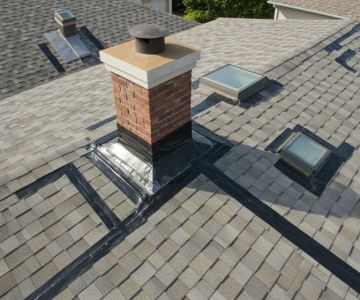
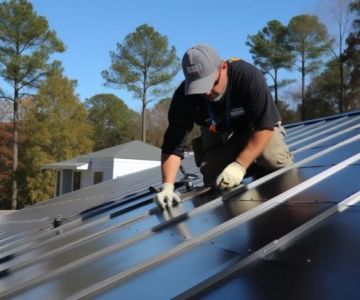

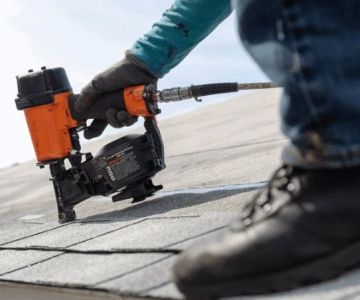
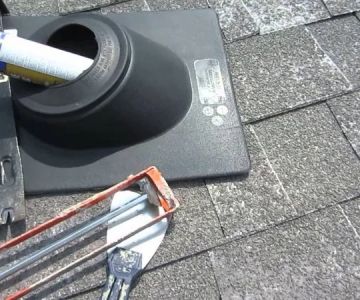
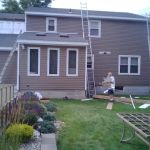 T & T Construction4.0 (23 reviews)
T & T Construction4.0 (23 reviews) Braga Brothers Contracting5.0 (209 reviews)
Braga Brothers Contracting5.0 (209 reviews) G S Multi Services0.0 (0 reviews)
G S Multi Services0.0 (0 reviews) Keystone Advanced Remodeling, LLC5.0 (86 reviews)
Keystone Advanced Remodeling, LLC5.0 (86 reviews)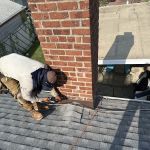 Supreme Island Roof Repair4.0 (36 reviews)
Supreme Island Roof Repair4.0 (36 reviews)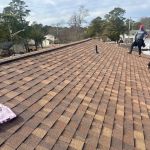 Perfect Restoration Roofing LLC5.0 (41 reviews)
Perfect Restoration Roofing LLC5.0 (41 reviews)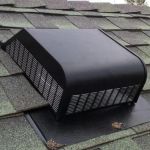 How to Install Roof Vents on a Hip Roof Design | BeachCo Roofing Hub
How to Install Roof Vents on a Hip Roof Design | BeachCo Roofing Hub Flat Roof Repair: Identifying Issues and Choosing the Right Method
Flat Roof Repair: Identifying Issues and Choosing the Right Method Best Roofing Materials and Costs for 2024 – Complete Guide
Best Roofing Materials and Costs for 2024 – Complete Guide How to Install a Roof Cricket Behind a Rooftop Stairwell Enclosure
How to Install a Roof Cricket Behind a Rooftop Stairwell Enclosure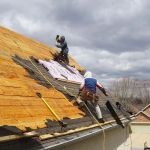 How to Identify and Repair Roof Damage from Long-Term Shade and Moisture
How to Identify and Repair Roof Damage from Long-Term Shade and Moisture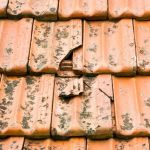 Tile Roof Repair: How to Handle Cracked and Broken Tiles
Tile Roof Repair: How to Handle Cracked and Broken Tiles